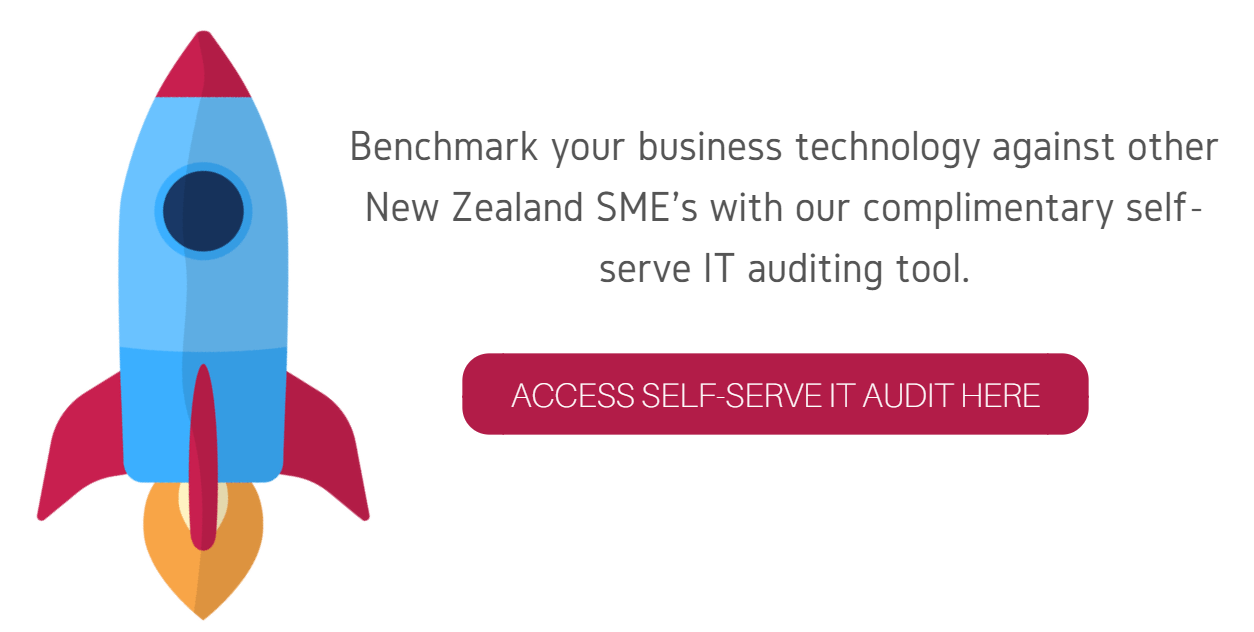Digital adoption for business is often talked about as though it is a simple choice of picking a technology, and implementing it within your business. However, for established organisations, it’s not as easy as a flip of a switch, it requires a deeper business change.
Embarking on a business wide change is not a project most people jump into when everything is running smoothly, but it is required if businesses want to stay ahead. To help you get going, we’ve identified the top three areas you should focus on that have the greatest impact in your business’ ability to adopt technology.
1. Flexible teams
Digital adoption requires changes in the way people work – it can be difficult for some at first, but it is necessary in order to realise the full potential technology has to offer business. For this to happen, teams must be open to evolving their working processes with the changing times (technology). A key component of this is your team’s willingness and ability to adapt to change and learn on the go.
More than this, your organisation should strive to be flexible with both information and staff. What we mean by this is that information is not siloed, and staff members are able to move within and between teams. By allowing for flexibility with both information and people, you ensure the right people have the right information, and you are able to bring together the best/most appropriate team in each situation.

2. Values and principles
With technology constantly transforming, a more sustainable approach is a cultural shift. When adapting a business to the digital age, there is no set end-point. In order to keep up, business’ values and principles must adapt to allow for innovation and change within the organisation.
Changes like this need to be implemented from the top down. Cultural changes like these are not easy and need to be implemented from the top down. Leaders need to adapt these new values and principles, and ensure they are being put into effect throughout the entire team.
This may start with realigning your team with a meeting - but it will take time, and consistent reinforcement. However, without these cultural changes around flexibility and adoption, implementing technology changes will be met with resistance, resulting in potential failure.

3. Operating architecture (IT)
Your existing technology impacts how quickly your business is able to implement and adopt new technologies.
It’s easier for your business to pick up the small, ongoing updates and changes as they happen, as opposed to staying stagnant for a longer period of time, then having to completely update and overhaul their way of working.
So, once you’re up to date with your technology infrastructure, ensure it keeps up with the small changes – don’t fall behind.
Your reward at the end of all of this, is well worth the investment. To name a few benefits, adapting to the digital age allows your business to be faster to market with its products/services, quicker to fix errors and more efficient. You will also be able to attract and retain talent as they will be working with technology that enhances their performance.
If you’re interested in seeing how your current technology infrastructure stacks up to your competition, we have a self-serve IT auditing tool where you can receive a complementary bench-marked report to understand how your technology compares to your competitors. You can access our auditing tool here.






